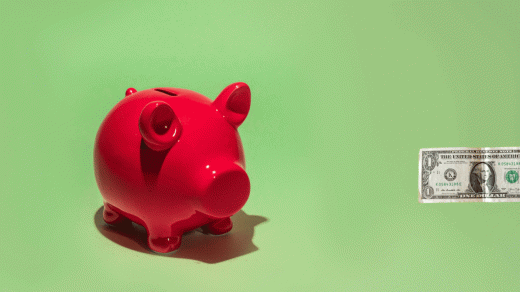Retirement planning tips for Gen Z
By Emily Guy Birken
Retirement is hardly a priority in your 20s and 30s. You’re still a newly-minted adult, so worrying what your 70-year-old self is going to need pales in comparison to your developing career, your student loan payments, and that rattling noise coming from your car’s engine.
But young adults who prioritize their retirement set themselves up for a much easier path to financial security than those who wait until they feel ready. Here’s what you should do in your 20s and 30s to put yourself in the best possible position for a healthy retirement.
In your 20s
The first full decade of adulthood can be a tough time to think about retirement. Not only are you making lower wages than you can expect over the rest of your life, but you’re also more likely to experience unemployment than older workers. Add in student loans, high housing costs, and underemployment, and it’s no wonder if retirement is the last thing on your 20-something mind.
But anything you can do in your 20s will be a relief to your future self. Here are three important tasks to take care of in your 20s.
Build and Emergency Fund
An emergency fund may not seem related to retirement planning, but it’s a crucial part of getting your finances in order. Having an emergency fund with at least $1,000 in it can help smooth over financial hiccups that could otherwise derail a precarious budget. It is also the first step in process of ending the paycheck-to-paycheck cycle.
Additionally, getting in the habit of setting money aside in an emergency fund will help your retirement planning. It will protect your nest egg if you ever find yourself laid off, since you won’t feel the need to dip into your retirement accounts to survive. And it will ensure that you are thinking proactively about how your money can best serve you.
Take advantage of compound interest
Interest on investments compounds exponentially over time. That means every dollar you invest at age 20 could be worth $54 by your 70th birthday, assuming an 8% rate of return. If you were to wait until age 35 to start investing, each dollar would only have the potential to become $16 by the time you turn 70.
This means any amount of money you can afford to invest in a retirement account in your 20s is money well spent. Even if you can only manage to send $20 per month to an IRA, the earlier you can get started on investing for retirement, the more your money will work for you.
Open a Roth IRA
The Individual Retirement Arrangement (IRA) allows anyone to set money aside for their future retirement, even if they do not have access to a retirement account through their workplace. Traditional IRAs are tax-deferred, just like most workplace 401(k) plans. This means traditional IRAs are funded with pre-tax money. The money grows tax-free, and you will owe ordinary income tax on the growth when you make withdrawals in retirement.
Roth IRAs, on the other hand, are funded with post-tax income. You have already paid income tax on the money you contribute to a Roth account, so the money grows tax-free and can be withdrawn tax-free in retirement.
Your 20s are when you are most likely to have the lowest income—and therefore, the lowest level of income tax—in your adult life. Contributing to a Roth IRA now, while your tax burden is low, ensures that you pay the least amount of taxes on your nest egg.
In your 30s
Reaching your 30s often means feeling more settled and secure in your career and finances. But this is also the prime time for some of the most expensive aspects of adulthood: buying a home, getting married, and having children.
Here’s how to plan for retirement during this decade.
Get your full employer contribution match
By your 30s, you’re more likely to be working at a job that offers a retirement savings account like a 401(k). Many employers offer a match of your contribution up to a certain percentage. Contributing less than the amount required to max out your employer’s match means leaving free money on the table.
For example, let’s say you’re earning $100,000 per year and your employer matches 50% of your contributions for up to 5% of your salary. To receive the full match, you would have to contribute 10% or $10,000—but your employer will also contribute 5%, meaning you get $15,000 worth of contribution for only $10,000.
Aim to have 3x your salary saved by 40
It can be tough to know if you’re on track with your retirement savings, especially when you’re still several decades away. A good rule of thumb is to aim for a nest egg equal to about three times your annual by the time you turn 40.
Keeping this rough benchmark in mind can help you stay focused on consistently investing in your 30s, when it can be very easy to let competing financial priorities make retirement savings fall to the wayside.
It’s never too early to think about retirement
Investing for retirement in your 20s and 30s means delegating the heavy lifting to your money. This can be a challenge to do when retirement seems like a distant dream, but your future self will be glad you did.
Emily Guy Birken is a Milwaukee-based personal finance writer. Her books include The 5 Years Before You Retire, Choose Your Retirement, Making Social Security Work for You, and End Financial Stress Now.
(15)



